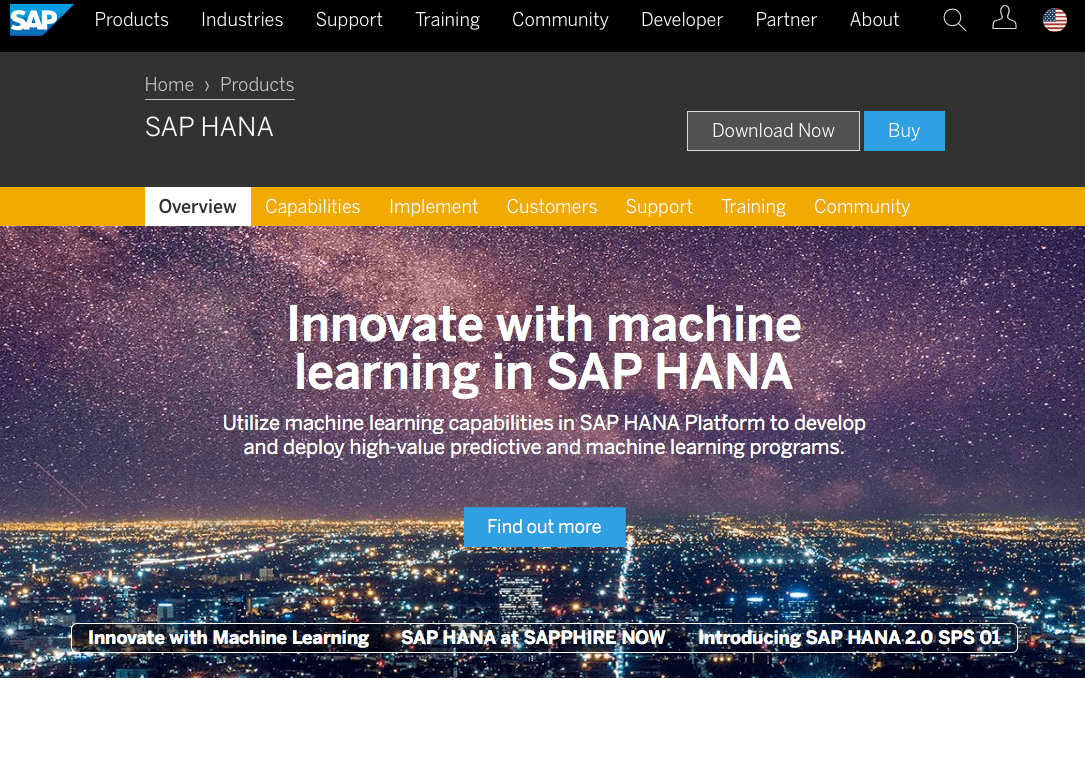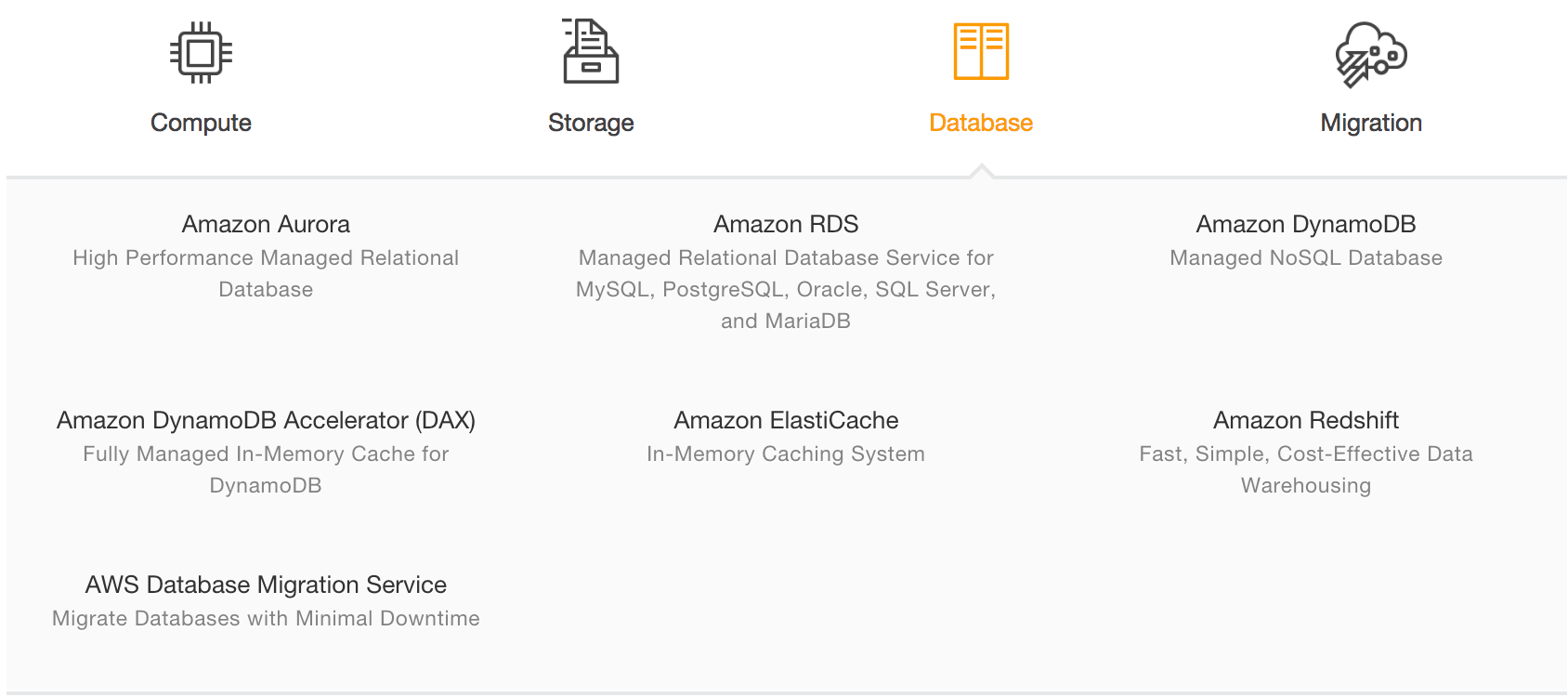How to Evaluate the Proposed Benefits of SAP HANA
Executive Summary
- Those who promote HANA usually discuss HANA, and objectivity is entirely lacking.
- Why it is essential to separate the generalized statements from the specific improvements.

Video Introduction: How to Evaluate the Proposed Benefits of SAP HANA
Text Introduction (Skip if You Watched the Video)
As anyone in SAP knows, HANA has been the most significant SAP marketing point of emphasis for several years. However, much of the information comes from a one-dimensional perspective that is more promotional than focused on enhancing the understanding of how and when HANA is appropriate to be deployed. We have performed the most independent research into HANA and evaluated nearly all of the areas that SAP has proposed about HANA. You will learn how to apply a framework for asking the right questions about HANA.
Notice of Lack of Financial Bias: We have no financial ties to SAP or any other entity mentioned in this article.
What is SAP HANA?
If one could sum up HANA briefly, it is accurate to say that it is essentially a combination of moving the application and data to solid-state device drives (SSDs) from hard drives combined with attempting to move clients that currently use Oracle databases over to Sybase (SAP’s acquisition). SAP uses the standard argument that they are better integrated and will lead to higher performance. This part of the program is false, as Oracle has been providing valuable databases for SAP applications for decades – and is nothing more than a sales program to increase Sybase sales. As for the first part of HANA, software vendors like Teradata have been moving to SSDs for some time – without developing an enormous marketing program the SAP has for HANA. We began only purchasing SSD-based computers around four years ago, but we did not put out a press release.
A History of False Assertions
SAP has a long habit of misinforming its customers about technology; HANA is another example. It also has a dangerous aspect to it that is described in the following bullet points:
- Future Selling: HANA will be used (in fact, it is being used currently) to provide false hope to many problematic SAP implementations. “If you are concerned right now, don’t worry because HANA is coming.”
- Confusion about HANA Benefits: HANA, which is isolated to the hardware layer, is generalized to improve the application – such as its business logic. HANA has nothing to do with business logic, but SAP implies that it is, and KPMG is not educating its clients on why this isn’t true.
Item #1: Working Out HANA’s Expense
HANA is a solution that is more expensive than other alternatives. There are several reasons for this. First, HANA uses more costly hardware. Much of the performance boost in analytics is due to hardware upgrades, which we cover in the article How Much is Hardware Responsible for HANA’s Performance. It is difficult to determine any performance improvement with HANA outside of hardware, and HANA underperforms competing databases even at a far lower cost. We cover one area of performance issues in the article How to Understand Why HANA is a Mismatch for S/4HANA and ERP.
Secondly, it is more expensive because of SAP’s premium for HANA software. This is covered in the article How to Understand the Pricing of S/4HANA and HANA.
Thirdly it is more expensive because HANA is still being worked out under the covers, which means more implementation complications than other SAP alternatives with more implementations.
Fourthly, in cases where HANA is implemented for an already live system, making a change and changes cost money. I have yet to see elaborated upon in print something that I think is quite obvious: that anyone can gain more performance by increasing the input or investment into a domain. But it is essential to mention that the input/investment is different when making statements regarding improvement. As an example, I can say that a Maserati performs better than a Honda.
However, if we leave the price out of the equation, it’s not a fair comparison. Too many articles and conference presentations give little attention to costs and are entirely focused on explaining the benefits of HANA. One recent report I read showed the cost savings from HANA from the improved capabilities that a company would obtain, but nowhere in the article were costs discussed. It almost appeared as if HANA and its implementation were free.
Item #2: Different Benefits Per Application
There is no doubt that business intelligence applications benefit significantly from HANA. But outside of this single processing type, HANA underperforms the other alternatives. And SAP recommends HANA for all applications, whether their primary processing type is analytics or not.
And this means more implementations have occurred for SAP BI than other SAP applications. Using HANA for SAP BI is much easier because of how business intelligence applications work versus transaction processing applications like SAP’s ERP system, making an effort involved in migrating to HANA far easier. Secondly, the benefits differ per the type of application.
For this issue analyzed from multiple dimensions, see our article archive on HANA on BI/BW.
Item #3: Reality: A Major Part of HANA’s Benefit is Simply Buying Faster Hardware
Part of the benefits that SAP is isolating from HANA is a natural transition to more superficial data structures that interoperate with improvements and cost reductions in random access and solid-state memory. But SAP has massively oversold the changes to actual usage. Even before HANA was introduced, the biggest bottleneck in analytics systems was not processing time but the problems around report or analytics creation complexity. HANA does not address this. It reduces the work in creating star schemas, but that was also not the report’s bottleneck.
SAP decided to make HANA their central marketing pillar by focusing on this change –, replacing the previous marketing platform of “NetWeaver.” However, we can learn quite a bit by analyzing the history of technological improvements in information technology. The servers presently being purchased for business intelligence applications may have 500 gigabytes of RAM and multi-terabytes of solid-state storage along with traditional hard storage. However, even servers with these specifications are no longer expensive. This capacity type makes less sense to place data into cube structures to enhance query performance. Therefore, much of what SAP is doing with HANA is just taking credit for the work of hardware developments available to all software vendors.
Whenever hardware makes a great leap forward, it takes time for the software to unwind the complexity built into it to accommodate the previous generation of hardware. So companies that no longer need the cube structures they have created will continue to use them – only because it takes longer to pull the data out of cubes they have already built and place them into more superficial structures. Hardware can change a lot faster than software.
HANA does Not Mean Benefits to All Application Elements
As a person who works both on the sales and implementation sides, I have reservations about how HANA is described as improving every facet of SAP’s applications. For salespeople, it is generally desirable to be able to make these statements. But it sets up implementation problems because implementation must manage highly-generalized expectations for improvements in too many areas. While it may be considered visionary to generalize HANA’s benefits, applications are a series of moving parts that each have their heritage, the current state of development, and impact on the function of the application. HANA is an infrastructure element, a good analogy being a car’s suspension. To take this analogy further, most people would intuitively understand that improving a vehicle’s rest does not improve every other element of the car’s performance. It does not make the engine more powerful or improve the radio or the visibility from the driver’s seat.
Some other areas may improve – for instance, a better suspension can positively affect the steering/controllability of the car. Still, the specific improvement to other elements should be explained in terms of the cause and effect and not merely assumed. However, statements regarding HANA’s speed improvement are quite frequently generalized to improve all other application areas without any specific explanation as to why this is the case. Similarly, HANA has no impact on the business logic of SAP or its user interface.
HANA puts infrastructure at the center of the conversation, but it cannot continually be the center because it is only one piece of the puzzle. And so far, SAP has presented no compelling evidence that its database is superior to competitors’ databases, which is not surprising as SAP is a database novice.
What About SAP’s Page on HANA?
How much accuracy can be found on SAP’s web page on HANA?
Let’s take a look.
 Quotes from the SAP’s Main HANA Page
Quotes from the SAP’s Main HANA Page
What is HANA?
Deployable on premise or in the cloud, SAP HANA is an in-memory data platform that lets you accelerate business processes, deliver more business intelligence, and simplify your IT environment. By providing the foundation for all your data needs, SAP HANA removes the burden of maintaining separate legacy systems and siloed data, so you can run live and make better business decisions in the new digital economy.
Almost all HANA instances are on the premises. So while SAP often presents the idea of such a broad choice among its offerings, customers are not using the cloud option SAP’s non-acquired offerings.
It is not at all clear that HANA simplifies the IT environment. The proposal is that all applications can reside on a single HANA instance. However, even if this were desirable and feasible, HANA is too expensive to manage this way. HANA is the most costly database in the market (at Brightwork, we maintain the ability to price HANA accurately, unlike how SAP will price HANA using some inaccurate assumptions. Part of this is covered in the article The Secret to Not Talk About HANA Pricing.) But even if HANA were lower prices, it would not necessarily simplify the IT environment. The changeover from the current databases adds complexity to the IT environment. And information from HANA implementations is that HANA has many more maintenance costs than competing databases.
SAP said this also about their ERP system in the 1980s, and none of those predictions came true. The concept was that SAP’s ERP system would eliminate the need for all legacy systems, as is covered in the article How SAP Used and Abused the Term Legacy.
Key Benefits of HANA
Reduce Complexity
Simplify IT with ONE platform for trans-analytic applications. Use SAP HANA to analyze live data to support real-time business, while reducing data redundancy, footprint, hardware, and IT operations.
No, there is no evidence of this occurring. There are no case studies where customers have moved most of their applications to HANA. Secondly, HANA is a single-purpose database, and it is designed for analytics. AWS, a PaaS that provides many databases, does not offer HANA-type databases for all applications. Instead, they provide specific databases for specialized applications. Transactions, Analytics, and Big Data are not optimally served from the same database type.

Run Anywhere
Modernize your data center with flexible SAP HANA deployment options – public or private
cloud, tailored data center, or 1000+ certified appliance configurations from 13 leading vendors.
In almost all instances, HANA is deployed as an on-premises delivery model. SAP has many options, but those options are not particularly relevant because they are not exercised but customers.
Real Results
Achieve better business outcomes with SAP HANA. Learn how companies are seeing 575% five-year ROI by using SAP HANA to increase innovation, while decreasing data management costs.
SAP has never provided actual evidence for any ROI claims. HANA is the most expensive database that can be purchased, so having this type of eye-popping ROI on such a costly database would be peculiar.
Key Capabilities of SAP HANA
SAP HANA transforms database management. It processes transactions and analytics in-memory on a single data copy – to deliver real-time insights from live data. And simplify operations with modern tools and a secure, rock-solid foundation.
Evidence from the field indicates that HANA has performance issues with transactions, most of which any ERP database does. SAP stopped performing the transaction processing benchmark, as is covered in the article, What is the Actual Performance of HANA?
SAP HANA transforms data management. Access quality data wherever it best resides using data virtualization, integration or replication. Manage data across multi-tier storage to achieve best performance and total cost of ownership.
SAP has no studies that show that HANA provides a better TCO. Forrester produced a survey sponsored by SAP that stated that HANA might reduce TCO. Still, it was not based on any evidence of actual HANA implementations, and it is considered by Brightwork to be an illegitimate study.
SAP HANA transforms analytic intelligence. Use advanced data processing for business, text, spatial, graph, and series data in one system to gain unprecedented insight. And deliver deeper insights using powerful machine learning and predictive analytics capabilities.
This is again unproven by SAP. Transforms is a significant word that SAP uses quite frequently, but it does not provide evidence. SAP often uses digital transformation, which is illogical for most IT implementations. The article ” The Problem with Using the Term Digital Transformation for Modern IT Projects ” covers it.
Simplify application development with in-memory computing
IT and software development professionals view in-memory computing as a viable option to increase simplicity and real-time performance. Discover how in-memory computing can spur the creation of custom-built applications to meet distinctive needs and enable integration across the enterprise.
SAP seems to be blending several concepts here. These include the following:
- Simplicity
- Real-time performance
- In-memory computing
- Custom-build applications,
- Integration across the enterprise
However, the only terms that have anything to do with HANA are real-time performance and in-memory computing, and the rest is being added willy-nilly to the sentence. This is a common tactic by Hasso Plattner: simply throwing so many terms at the reader that they become overwhelmed.
SAP S/4HANA
Built on SAP HANA, SAP S/4HANA is a next-generation business suite designed to help customers thrive in the digital era. Digitize and simplify your processes – and provide a personalized user experience with the SAP Fiori UX.
SAP’s accuracy on S/4HANA is covered in the following article.
SAP Vora
SAP Vora is an in-memory, massively distributed data processing engine that allows you to analyze Big Data stored in Hadoop. Use it to gain real-time, relevant insights that support faster and more informed decisions.
- Process and analyze Big Data in Hadoop
- Correlate Hadoop and SAP HANA data
- Organize massive volumes of unstructured data
This will be covered in a future article dedicated to Vora.
SAP BW/4HANA
SAP BW/4HANA is an integrated data warehouse solution optimized to fully leverage the SAP HANA in-memory platform. SAP BW/4HANA dramatically simplifies development, administration and user interface of your data warehouse resulting in enhanced business agility.
- Simplify your data warehouse architecture
- Integrate SAP and non-SAP apps and data into one logical data warehouse
- Built for on-premise and the cloud
This will be covered in a future article dedicated to SAP BW/4HANA.
This SAP article has a Brightwork Accuracy Score of 2 out of 10.
Conclusion
Companies must move past the generalities often applied to HANA to the specifics to get value from HANA. The specifics include the price of HANA for each area used. Not all applications will be moved to HANA in the next few years. What applications should be, and the cost-benefit analysis for doing this is an important question. For most companies, the first place to implement HANA will be in their analytics.
Secondly, statements that generalize HANA’s benefits to every aspect of the application should be disregarded, and emphasis should be given to reports that show precisely how and why HANA will improve specific areas of the application, which should then be estimated in terms of business benefits. Being able to improve query performance by a factor of 1000 sounds great. But it may not be the primary problem that the company has, and other shortcomings, such as the configuration of the system or the understanding of the functionality within the application, may be far more pressing concerns. Technology improvements are much easier to estimate than business improvements. But technological advances do not necessarily lead to proportional business improvements. As an example, increasing the horsepower of a car from 150 horsepower to 300 horsepower has little effect on the average speed at that the vehicle is driven. This is because other constraints – from speed limits to traffic to physical laws regarding how a car can be moved without crashing into something still exist after the engine has been replaced.
By purchasing HANA and investing more resources, queries can no doubt be performed more quickly. However, there are many things that an implementing company wants to improve, and this is only one area of focus. Investments in HANA must be traded against other assets that will enhance other areas of the technology landscape that are also important. This logic applies to HANA and any improvement a company would make to its systems.